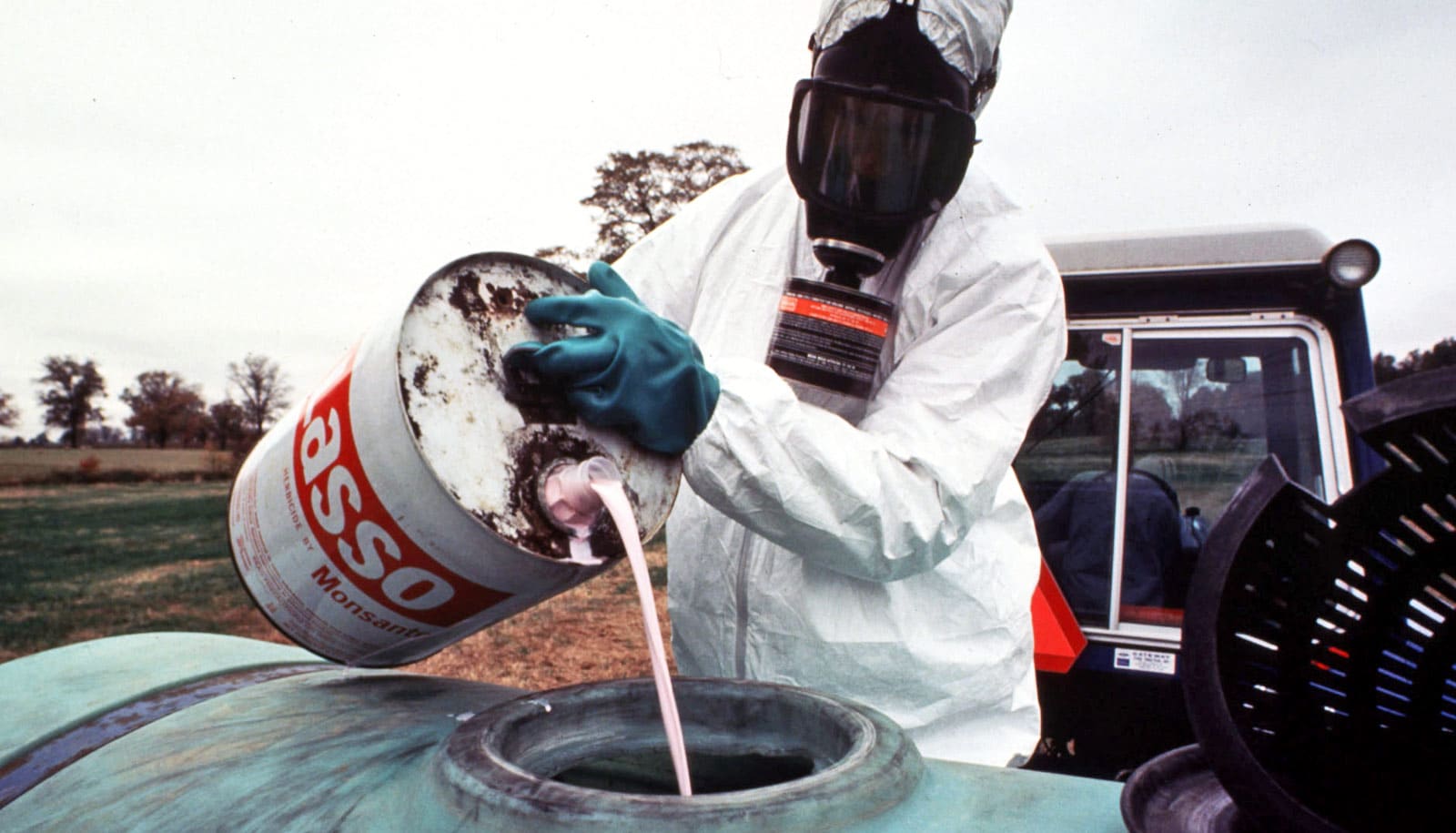While exposure to a single substance like DDT has been shown to create inherited disease susceptibility, a recent study in animals found exposure to multiple different toxicants across generations can amplify those health problems.
In the study, published in the journal Environmental Epigenetics, the researchers exposed an initial generation of pregnant rats to a common fungicide, then their progeny to jet fuel, and the following generation to DDT. When those rats were then bred out to a fifth unexposed generation, the incidence of obesity as well as kidney and prostate diseases in those animals were compounded, rising by as much as 70%.
“We need to know to what degree our past generations activities that have affected us.”
The researchers also found that their epigenetics, molecular processes independent of DNA that influence gene expression, were also greatly altered.
“We looked at multiple-generation exposures because these types of things are going on routinely, and previous research has only looked at single exposures,” says Michael Skinner, a Washington State University biology professor and the study’s corresponding author. “We found that if multiple generations get different exposures, then eventually there’s an amplification or compounded effect on some diseases.”
The study did show that for other diseases, those associated with the ovaries and the testes, the incidence rose in the first generation of progeny but appeared to plateau with the additional generational exposures.
Skinner and his colleagues also conducted epigenetic analysis of each generation of the animals, finding that the toxicant exposures shifted their entire epigenetics dramatically. Along with changes to genes themselves, inherited epigenetics which influence gene expression, are considered to have a significant impact on evolution.
“When we made the comparisons with different generations, we did not find a lot of overlap in epigenetics. In other words, every time each generation had a new exposure, it appeared to reprogram the whole epigenome,” Skinner says.
While the study does not exactly mimic what may have happened to human generations, people in the US have potentially been exposed to these particular toxicants at different times. The authors note a likely sequential exposure over human generations might involve an exposure to DDT which was widely used in the 1950s, then plastics in the 1970s, followed by many modern herbicides still in use today.
The study provides evidence that multiple toxicant exposures of past human generations likely had a compounded impact on grandchildren and great-grandchildren. Knowing about these possible impacts can help people and doctors address potential diseases before they develop, Skinner says.
Researchers including Skinner’s lab have been working to identify epigenetic biomarkers for inherited health conditions in humans including for obesity, autism, and pre-term birth.
“We need to know to what degree our past generations activities that have affected us,” Skinner says. “We cannot necessarily fix this problem, but it’s important to know that it happened so that we can try to better treat potential health problems through preventative medicine.”
This research received support from the John Templeton Foundation and the National Institutes of Health.
Source: Washington State University



